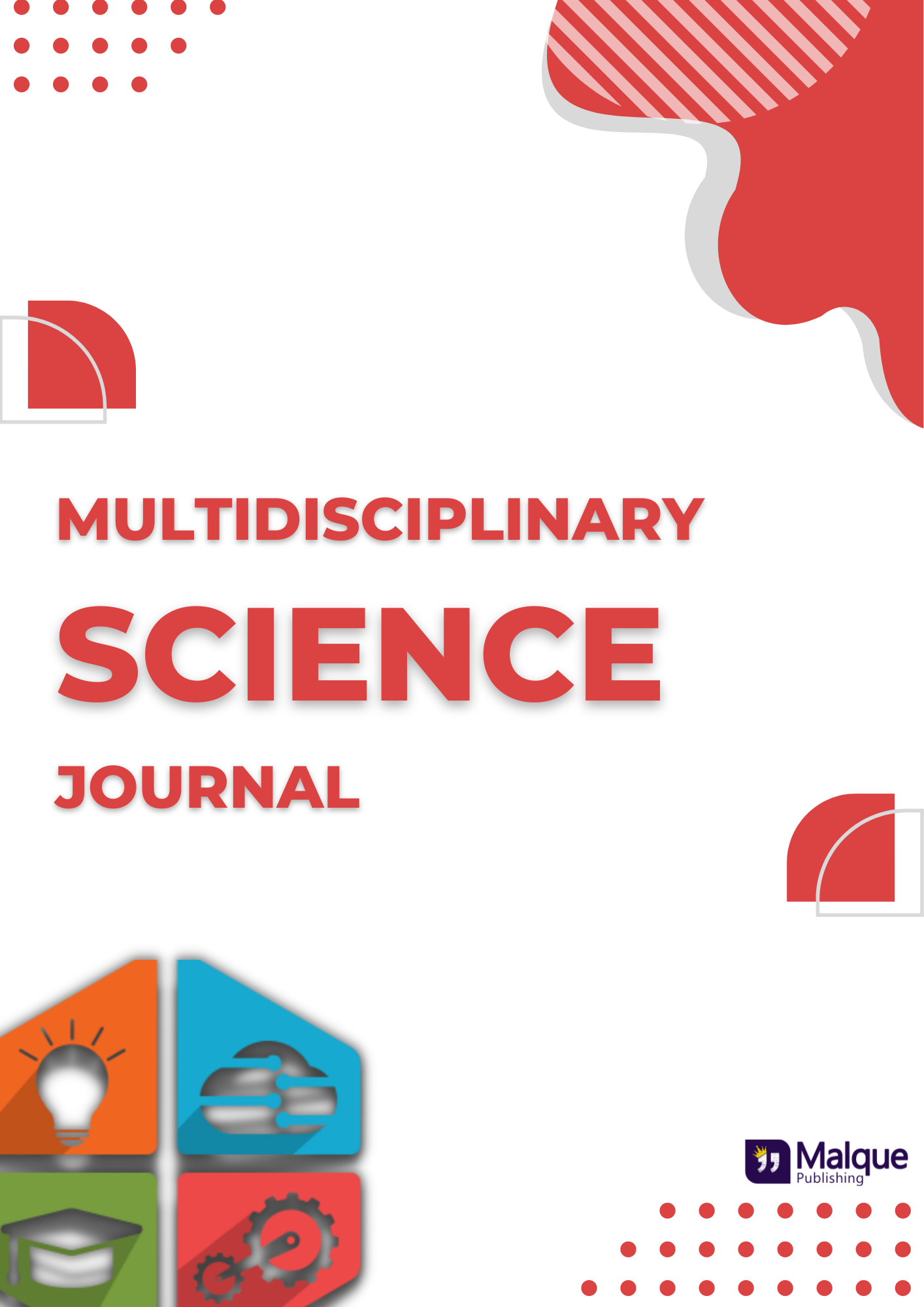Optimal power dispatch capability and reliability analysis of hybrid renewable energy system
Abstract
These days, using solar and wind energy resources is much more cost-effective and appealing. The rapid depletion and growing expense of non-renewable energy supplies resulted in the development of alternative energy sources that utilize renewable energy sources. In recent times, hybrid renewable energy algorithms have often been connected to wind and solar power systems. The primary objective of this work (PWBHPS) is to determine the power dispatch capacity of a PV-wind-battery hybrid power system. In the modern electric power market, the PWBHPS's power dispatch capacity needs to be explicitly specified at the beginning of every dispatching time interval in order to collaborate with the transmission system operator (TSO). Energy storage is a workable option for efficiently integrating renewable energy sources into the system. A recently developed storage device called the vanadium redox flow battery (VRFB) may have certain advantages in large-scale grid-connected applications. State-of-charge monitoring provides extra insights into battery performance by displaying increased capacity utilization and longer cycle times, both of which extend the life of the cells. This study looks at the minimum-max technique of individual solar energy, wind energy, and a combined PV wind battery hybrid power system to size a VRB battery for application in renewable energy systems. Individual wind and solar systems need larger battery capacities for consistent, constant power output; hybrid systems require batteries with lower ratings. An optimal charging mechanism is proposed and explored through MATLAB simulations.










